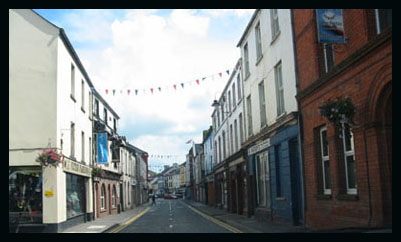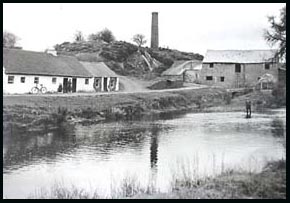|
Ros
Davies' Co.
Down, Northern Ireland Family History Research Site
© Rosalind Davies 2001 Permission granted to reprint research for non-profit use only |
Dromore Parish
The Ordnance Survey Memoirs of 1836 go on to describe Dromore as having narrow, dirty streets and the outskirts hilly. There were 459 houses in the town, of these, 215 were thatched and the remainder slate roofed. The 264 one-storey houses situated on the outskirts were "wretched looking hovels". The houses situated in Market Square and in the street leading from it to the church were mostly neat and commodious. They were generally built of stone or stone and brick. The town was neither lighted or paved then. A board of commissioners was established in 1837 and they were determined to clean up the town. They started with cleansing first. This was to be paid for by taxing the inhabitants of the town. There were not libraries or reading rooms. There was formerly a book club but the members dying away, the books were sold. There were no banks. There was an attempt back in 1824 to establish a savings bank but it did not succeed. The Markets were held every Saturday when meat & potatoes were sold. Fairs were held on the 12th May & 10th October, also on the first Saturday in March and August and on the Saturday next before Christmas. They were attended more for business than diversion. Horses, cattle, pigs and sheep are sold at these fairs. In 1846 the population of the parish was 14,954 with 2110 people living in town. In 1886 there were four hem stitching factories with two devoted to the weaving of linen cambric handerchiefs . At least 300 people worked from home making handloom linens . The population in 1910 was 2800 people. The Catholic Parochial House is in Dromore. Dromore Mound ( Anglo & Norman motte & bailey) are in Ballyvicknacally townland just outside town. Try http://www.lisburn.com/books/dromore/dromore2.html & the Dromore & District Historial Society Journal's on http://www.lisburn.com/dromore-historical/Journal-1/journal-1-1.html Newspaper articles from the Northern
Star; Newspaper article from Northern
Herald; Newspaper articles from the Down
Recorder; Newspaper article from Newtownards
Chronicle; Dromore & District Historical Group; http://www.lisburn.com/books/dromore-historical/Journal-1/journal-1-1.html |
|||||||||
| References;V12 p 71, 72 OSM: NS; DR ; O'L B p 492;ODHD p1-27;POD | |||||||||
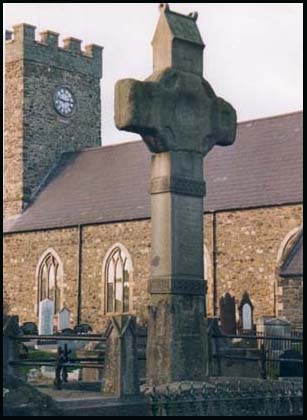 |
|
|||
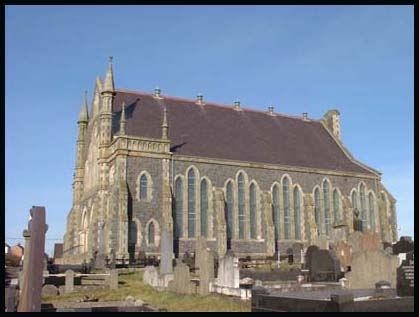 |
|
|||
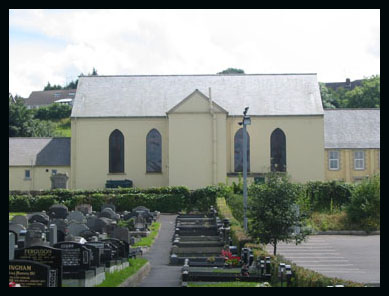 |
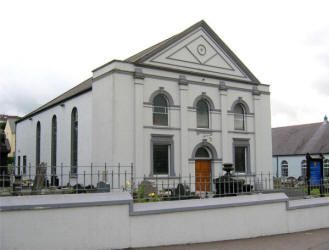 |
||
| Showing the older church at the back with the gravegard | This photo of the front of the church was kindly sent by Debbie Jones | References;V19 MIs; GIPR: MIs;ODHD p21 | |
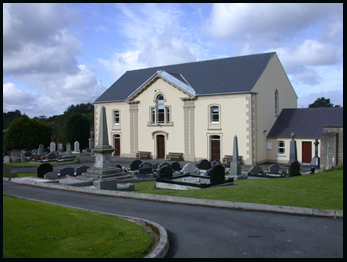 |
|
|||
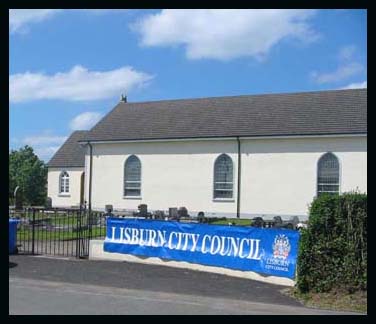 |
|
|||
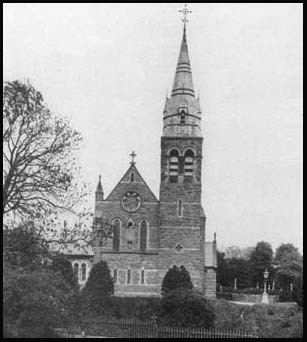 |
|
|||
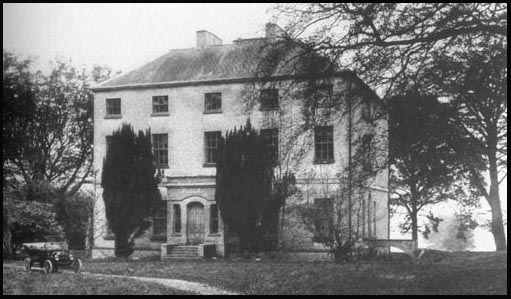 |
|
|||
by Ros Davies
